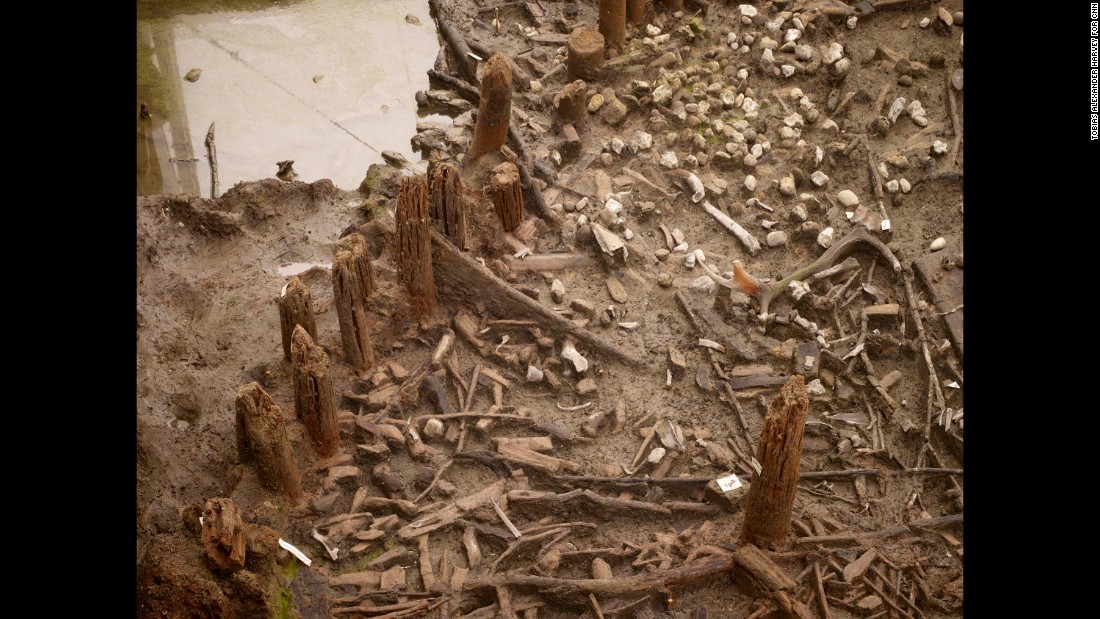(CNN)British archaeologists working on the Must Farm project in England's Cambridgeshire Fens can hardly restrain themselves.
Their online diary effervesces with superlatives -- "truly fantastic pottery," "truly exceptional textiles," "a truly incredible site," "the dig of a lifetime."
Typically on prehistoric sites, you are lucky to find a few pottery shards, a mere hint or shadow of organic remains; generally archaeologists have to make do, have to interpret as best they can.
But this archaeological dig has turned out to be completely, thrillingly different.
For the last ten months -- day by day, week by week -- the excavation has yielded up a wealth of astonishing finds including pottery, textiles, metal work and ancient timbers. The dig offers, as site manager Mark Knight from the Cambridge Archaeological Unit put it, "a genuine snapshot" of a lost world -- a prehistoric settlement from the Bronze Age some 3000 years ago.
he dig is almost without precedent the most revelatory of its kind in Britain, if not in Europe, and it has already begun to transform our knowledge of life in the Bronze Age.
Jointly funded by the the government sponsored heritage organization, Historic England and the managers of the clay quarry, Forterra, the dig has been carried out under a large rectangular white tent -- about a thousand meters square. It's the sort of tent you might use for a wedding reception but here it's perched on the edge of a working quarry. Far below, a big crane is busily extracting clay to make bricks.
The archaeologists arrived in force last September and, protected from the wind and rain under the tent, they've been forensically digging away several meters below sea level. Interest was first aroused in 1999 when a series of wooden posts were discovered sticking out of the clay. Trial excavations followed in 2004 and 2006 when Bronze Age spearheads and a sword were found.
All very promising but still no one realized quite what they'd stumbled on.
Britain's Pompeii
The site has been described as the British Pompeii.
Of course, the Roman town-city was much larger (a plot of over 60 hectares with a population of approximately 11,000). Here in the English Fens, it was just a small river community of 30 or so people living in nine or ten wooden round houses erected on stilts on a platform by the water. But both places are relics of single dramatic events.
Pompeii was buried in a volcanic eruption in 79 AD. The Bronze Age settlement at Must Farm was destroyed just as suddenly and violently by fire a thousand years earlier. The blaze took hold on a summer's day and may well have burnt itself out in less than an hour. The round houses -- of wattle, reed and timber -- and their contents collapsed into the water and more importantly, into the river silt. It's the speed of the event -- the brevity of it, the almost instant entombment of the material -- that makes the find so exciting.
Much of what was tipped into the water is in pristine condition. It's as if the archaeologists have arrived just after the fire, rather than 3000 years later. They've found pretty much everything they could have ever hoped for.
Fuente: www.cnn.com
